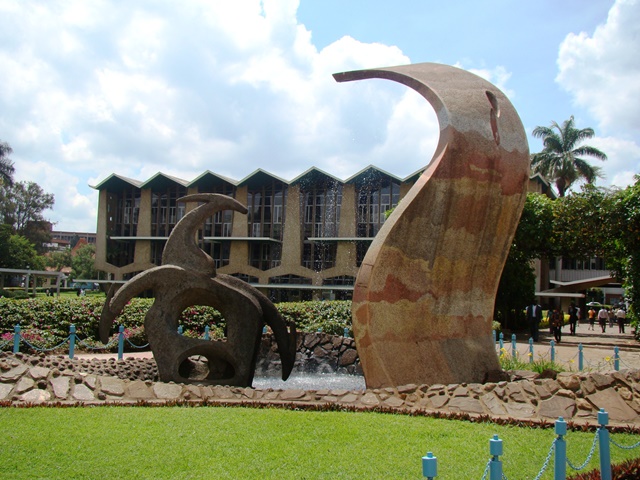
Assessing the state of university education in Kenya
Guest contributor – John Mutua
Official government account boasts an exponential growth in education, across all levels, over the past decade. However, concerns abound over the quality of education. Even as education experts deplore a widespread deficiency in mastery of core academic content and higher-order thinking, ostensive [inter]national efforts geared toward curricula reforms and expansion of technology-aided instruction must be commended. The recent roll-out of touch-screen technology across selected primary schools—which exposes class 1 students to early reading and math skills—offers great promise.
Regrettably, a sustained emphasis on universal primary and secondary education by government and international development partners appears to have eclipsed tertiary education—herein inferring university education. This is in spite of compelling empirical evidence linking quality university education to increased productivity, competitiveness, economic growth and poverty reduction. The disapproval of the quality of university education in Kenya by leading employers, international financial institutions (i.e., World Bank) and, more recently, revered university rankings should be a wake-up call.
The 2015-2016 Times Higher Education World University Rankings position South Africa’s University of Cape Town, University of the Witwatersrand and Stellenbosch University atop other universities in Africa. The venerated University of Nairobi ranks a distant 8th. Popular Kenyan public and private universities appear to have missed the cut (top 15 universities in Africa). While local boilerplate rankings—relying on data presented by universities with little cursory attempt at corroboration—may reassure disgruntled Kenyan universities, university administrators must stay clear of subordinate spectacles and relentlessly strive for inclusive and globally competitive tertiary institutions. World-class faculties and facilities, as well as unrivaled access to cutting edge and neoteric [e]resources, should increase the quality of research output and the competitiveness of Kenyan universities in the international arena.
The Ministry of Education and the agencies responsible for higher education in Kenya (not least the Commission for University Education) must also be taken to task. While more could be developed with innovative financing and alignment of university education in line with vision 2030 (social sciences versus STEM), the unabated proliferation of, somewhat, mediocre universities casts doubt over the efficacy of quality regulation. The recent indictment of an undignified “university” in Kimende—which provoked a torrent of commentary in the blogosphere accompanied by a healthy dose of humor—should attest to this.
The dominant arguments propounded by tertiary education providers to justify brick-and-motar academic expansionism include; a rising student population—following liberalization of university education and population growth—as well as the need to stymie geographic constraints which would ordinarily disadvantage poor students. Project emergent trends around recruiters increasing interest in graduates from prominent universities, as well as a growing appeal of e-learning (MOOC), and the future of academic expansionism becomes bleak. To mitigate the inexorable effects of a market-led shift toward e-learning and the bastardization of redundant universities, Kenyan universities must reconsider adventurous expansion and accommodate the possibility of consolidation—valuable lessons could be drawn from the University of Paris-Saclay.
Given that the state of university education in Kenya may not be in fine fettle, concerted discussions by tertiary education stakeholders seeking to identify opportunities for improving university education in Kenya should be a great start. Some of the pressing issues which should feature in such deliberations include; quality assurance and regulation, financing, research (centers of excellence), labor markets, collaboration, technology, gender equity and ethics.
Of course, this is not over-look the imperative of student motivation (recent irrational outbursts by university students are regrettable), timely faculty remuneration (check brain flight), accessible student loans (increase university enrollement), conducive learning environments (initiative by JOHN & MARK EDUCATION laudable) and extra academic activities in discusses seeking to improve the quality of university education in Kenya. I am also not oblivious of the, possible, existence of a number of intervening variables tying quality university education to socio-economic development.
John Mutua is a commentator on policy and social issues.
